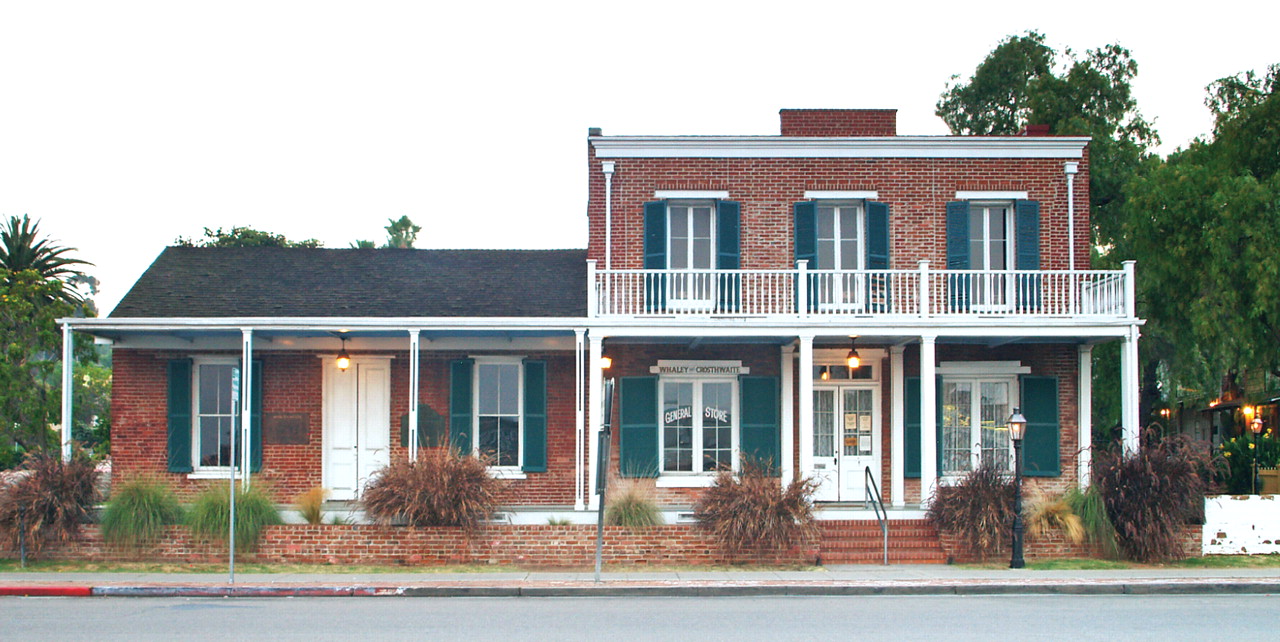The World's Most Haunted Houses
Does your home ever get you down with its endless leaks, cracks and creaks? We all have little jobs around the house that need doing and somehow never end up getting done. But count yourself lucky an exorcism isn’t on that list! Here are a few properties with a little too much personality on their hands - and what you can learn from them.
The Myrtles Plantation, United States
The story? Built in 1796 by General David Bradford, this neoclassical property in St. Francisville, Louisiana, saw the woe of many generations. Illness, especially typhoid, was a common theme for its owners - Ruffin Gray Stirling and Mary Catherine Cobb lost five of their nine children after having bought and remodelled the plantation in 1834. None of this was out of the ordinary for the times, but in 1871 a man named William Winter was shot dead on the porch by a stranger and managed to stagger dramatically up a flight of stairs before succumbing to his fate. Winter had been hired by Mary as the property’s lawyer and agent and was married to her daughter. Even after the property was split up in the early 1900s, stories of the it’s more spiritual qualities circulated and today it hosts a lively bed and breakfast trade. Naturally, the number of murders having taken place on the premises has been ever so slightly exaggerated from one to twelve.
The lesson? Don’t just entrust your family - leave some household management to the professionals!


The Old Borgvattnet Vicarage, Sweden
The story? For some, the prospect of pronouncing “Borgvattnet spökprästgård” may be frightening enough - but this vicarage in northern Sweden has earned quite the reputation! Built in 1876, many inhabitants have reported strange occurrences, often involving old women watching them or disturbing their possessions. The first, observed by chaplain Nils Hedlund in 1927, involved a ghost supposedly having torn down his freshly hung laundry (suspend, for a moment, your knowledge of fierce arctic winds). A later chaplain, Erik Lindgren, complained of having repeatedly been thrown out of his rocking chair while attempting to journal his experiences of the house (there’s an excuse for writer’s block you haven’t heard before).
The lesson? Maybe it’s time for some new furniture!

The Monte Cristo Homestead, Australia
The story? Championing the vague title of “Australia’s most haunted house,” this beautiful late-Victorian manor can be found in Junee, New South Wales. From its construction in 1885 by Christopher Crawley to the family’s departure in 1948, little appears to have happened - the family were devoutly religious and generally fairly generous benefactors toward the local community. But for Reginald and Olive Ryan, who converted it to a tourist attraction in 1963, this was no obstacle! Stories soon emerged of the murder of a caretaker, an infant being dropped to its death on the stairs, a maid tumbling from a balcony, a man imprisoned in the dairy and a stable boy burnt alive - and general wailing, of course. The original owners’ deaths seem rather banal in comparison - Mr Crawley died from gangrene brought on by a neck abscess he repeatedly irritated with starched collars. Apparently Mrs Crawley did not get the memo about dangerous dress sense, for she continued to don high beaded collars and was quite known around the community for her “Queen Victoria” style.
The lesson? Don’t be afraid to let your imagination run wild when it comes to property potential!


Montpelier Hill, Ireland
The story? On top of this wee hill in County Dublin lies the ruins of an eighteenth century hunting lodge. Between 1735 and 1741 the building hosted meetings of the Irish Hell Fire Club which revelled in debauchery and general occultist funsies. Its members, many of the Irish nobility who were presumably bored with shooting parties and poking peasants and whatever other recreational attractions offered by pre-industrial pasturelands, took to slamming back some scaltheen (mixture of butter and whiskey) and chanting about Satan. Many eery stories survive about the area, largely because the lodge was erected on the site of a prehistoric cairn and used many of the gravestones to construct fireplaces and the like. When the winds blew the roof off just after completion, locals attributed it to the wrath of the almighty! Its visitors remained unfazed and the club was revived in 1771 for a few more jolly decades.
The lesson? Do your research when it comes to repurposing to avoid unpleasant surprises down the track!

Ancient Ram Inn, England
The story? With a Grade II heritage listing and a location as twee as Wotton-under-Edge, Gloucestershire, this property has been profiled in many international ghost-hunting television broadcasts. Built around 1145 as lodgings for the slaves and workers used to construct the local St Mary’s Church, the inn has enjoyed a reputation for spirit sightings, partly because of its location in relation to Stonehenge. Its main occupant is a woman who reportedly sought refuge in a room before being burnt for witchcraft in the sixteenth century. The current owner also claims to have found various skeletal remains around the house.
The lesson? Make sure you know the “inns” and outs of a property before committing to it.

The Whaley House, United States
The story? This Greek revival property in San Diego, California was once the home of Thomas Whaley and family (also plagued by typhoid, of course). Built in 1857, it is best known as the location of a tragic suicide: three years after having been abandoned by her con artist husband two weeks into marriage, Violet Whaley grew depressed and shot herself in the home at the age of 22. Often vacant and in disrepair, the house grew to local fame as a tourist attraction after restoration in 1909, simply for the many family members it had claimed over the years.
The lesson? Heritage isn’t always better!



